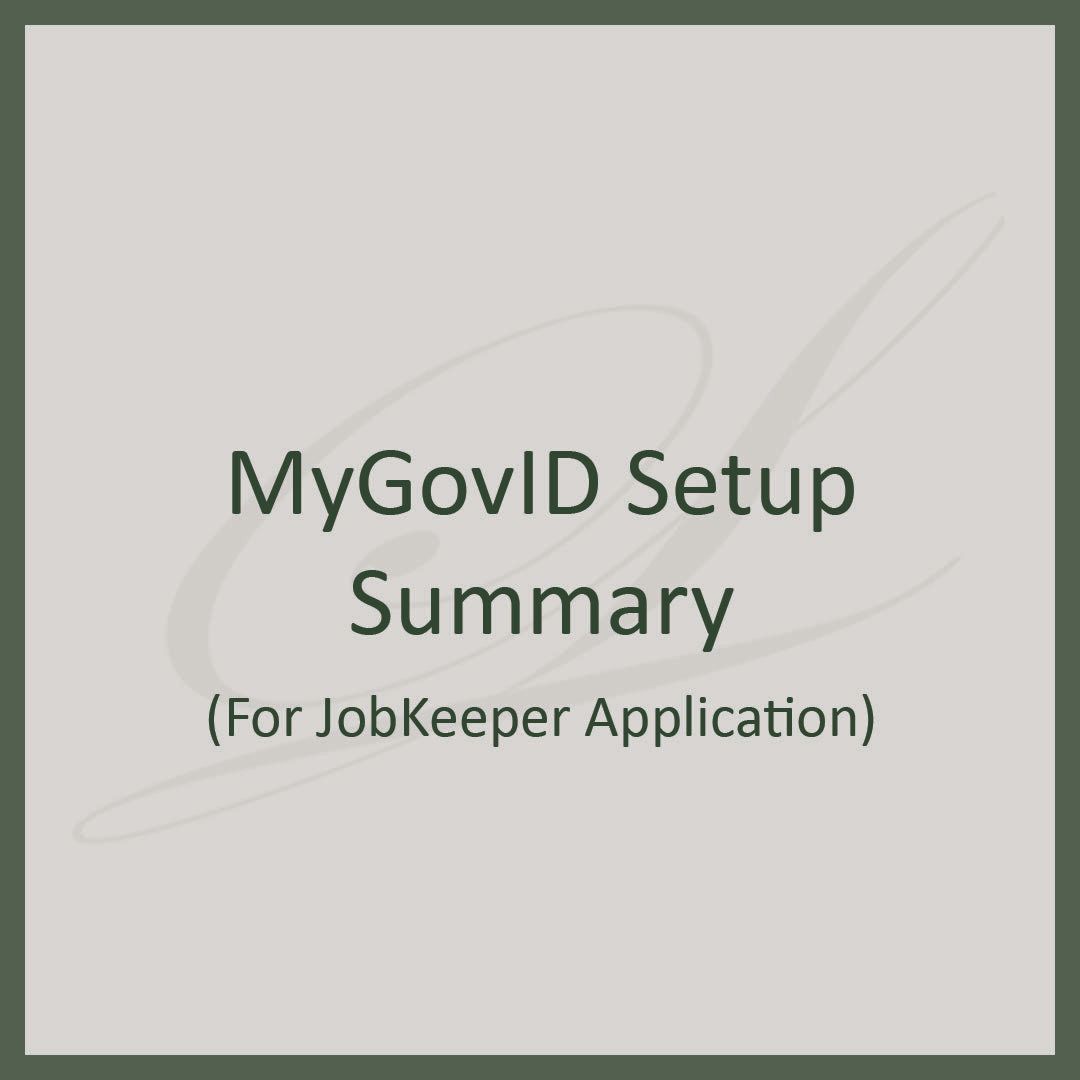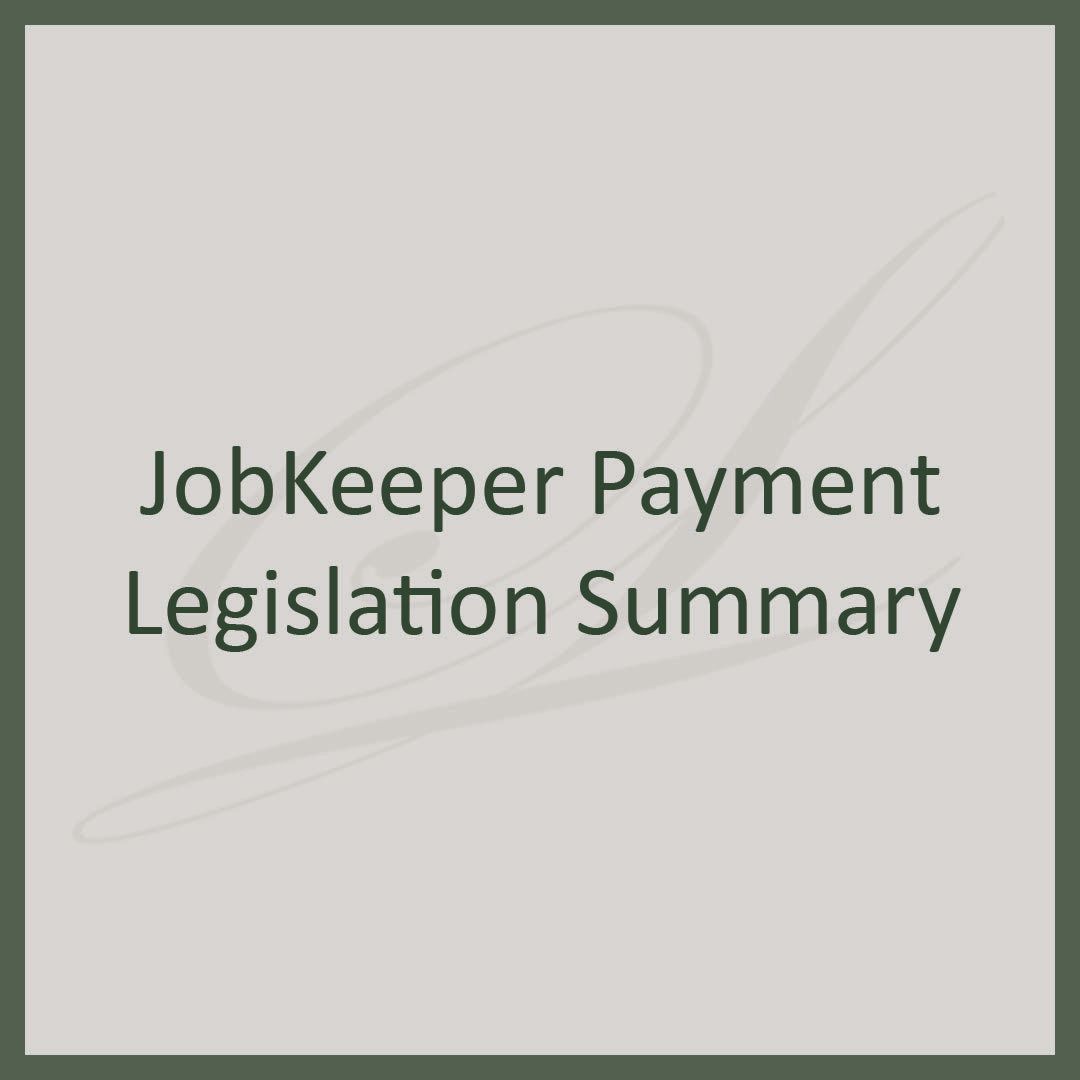Blog Layout
Updates to PAYG Withholding Credits
Carmen Lawson • March 31, 2020
Update to prior announcements regarding PAYG Credits on BAS's
What I am talking about here is the credit on your PAYG Withholding for employers (which every employer will get).
FOR QUARTERLY LODGERS THAT THEIR MARCH 2020 PAYG WITHHOLDING IS LESS THAN $10,000
What you will get is:
1. $10,000.00 as a credit on your ATO Activity Statement Account upon lodgement of your BAS (or the 28th April)2. $5,000.00 as a credit on your ATO Activity Stement Account upon lodgement of your June 2020 Qtr BAS in July 2020 (or the 28th July)3. $5,000.00 as a credit on your ATO Activity Statement Account upon lodgement of your September 2020 Qtr BAS in October 2020 (or 28th Oct)
It doesn’t matter what you report on your June & September Qtr’s BAS’s – so long as your business is still active.
_____________________________________________________________________________________________________________________________________________
FOR QUARTERLY LODGERS THAT THEIR MARCH 2020 PAYG WITHHOLDING IS MORE THAN $10,000.00
What you will get is:
1. A credit for 100% of your PAYG Withholding reported for the March Qtr due April 2020 – Lets say for example its $12,000.002. I think a credit will come through of 100% of your PAYG Withholding reported for June Qtr (eg say $13,000) plus and additional credit of 50% of the March & June 2020 Qtr PAYG Withholding due July 2020 – so this would be $13,000 + 12,5003. A credit of 50% of the March 2020 & June 2020 Qtr PAYG Withholding per above on the September 2020 BAS due Oct 2020 – so this would again be $12,500 – bringing the total to $38,000 as an example.
It doesn’t matter what you report on your June & September Qtr’s BAS’s – so long as your business is still active.
_____________________________________________________________________________________________________________________________________________
FOR MONTHLY LODGERS
What you will get is (get ready for this ride):
1. A credit of 300% of your March 2020 months reported PAYG Withholding due April 2020 (so whatever March’s month of PAYG Withholding was x 3 will be your credit)2. A credit of 100% of April 2020 months PAYG Withholding for April 2020’s IAS due May 20203. A credit of 100% of May 2020 months PAYG Withholding for May 2020’s IAS due June 20204. A credit of 100% of June 2020 months PAYG Wihholding for June 2020’s BAS due July 20205. A credit of 25% of all of the above added to June 2020’s BAS due July 20206. A credit of 25% of all of the above for July 2020’s IAS due Aug 20207. A credit of 25% or all of the above for Aug 2020’s IAS due Sept 20208. A credit of 25% of all of the above for September 2020’s BAS due October 2020
The first 4 above is maximized at $50,000 – so the credits stop at $50,000 and then the following four will be maximized at $12500 per quarter.
*Disclaimer - All information posted in this update is true and correct at the time of posting. Legislation surrounding this situation is constantly changing. We will provide additional updates as required upon further government announcements or legislation changes. *

By Daniel Foelz
•
March 4, 2025
Every company registered in Australia must meet annual compliance obligations set by the Australian Securities and Investments Commission (ASIC). One of the key requirements is the annual statement, which ASIC issues to companies shortly after their annual review date - typically the anniversary of their registration. What is an ASIC Annual Statement? Shortly after a company’s annual review date, ASIC sends out an annual statement. This document includes: • Company’s Current Details: A summary of the company’s information as recorded by ASIC. • Annual Review Fee Invoice : An invoice detailing the fee required to maintain the company’s registration. • Corporate Key: A unique identifier that allows secure access to ASIC’s online services for updating company information. Companies must carefully review this document to ensure their information is correct and take action to maintain their registration. Annual Obligations for Companies To remain compliant and avoid penalties, companies must complete the following steps each year: 1. Pay the Annual Review Fee ASIC requires companies to pay a yearly fee to maintain their registration. The amount varies depending on the type of company (e.g. Private Company or SMSF Trustee Company). Payments must be made by the due date to avoid late fees and possible deregistration. These fees are included within our invoice issued to you. 2. Verify and Update Company Details Companies should check their annual statement to confirm that all details - such as registered office address, directors, and shareholders are accurate. If any changes are needed, they must be updated with ASIC by contacting our office. 3. Pass a Solvency Resolution Within two months of the annual review date, company directors are required to pass a solvency resolution. This resolution confirms that the directors have reasonable grounds to believe the company can pay its debts as they become due. While the resolution doesn’t need to be lodged with ASIC, it must be documented and kept with the company’s records. Consequences of Non-Compliance Failing to meet ASIC’s annual requirements can result in penalties, late fees, and even company deregistration. It is crucial for companies to adhere to these obligations to maintain their good standing and ensure uninterrupted operation. What Happens If You Don’t Receive Your Annual Statement? If the annual statement isn’t received within a week of the review date, companies should contact ASIC to avoid compliance issues and potential penalties. Deregistration Considerations If a company is no longer operating, it may apply for voluntary deregistration to avoid ongoing fees and obligations. Contact our office to discuss. Stay Compliant to Avoid Penalties By staying on top of annual reviews and ensuring all obligations are met on time, companies can remain in good standing and avoid unnecessary complications. For comprehensive information on annual statements and company obligations, refer to ASIC official website or contact our office.








